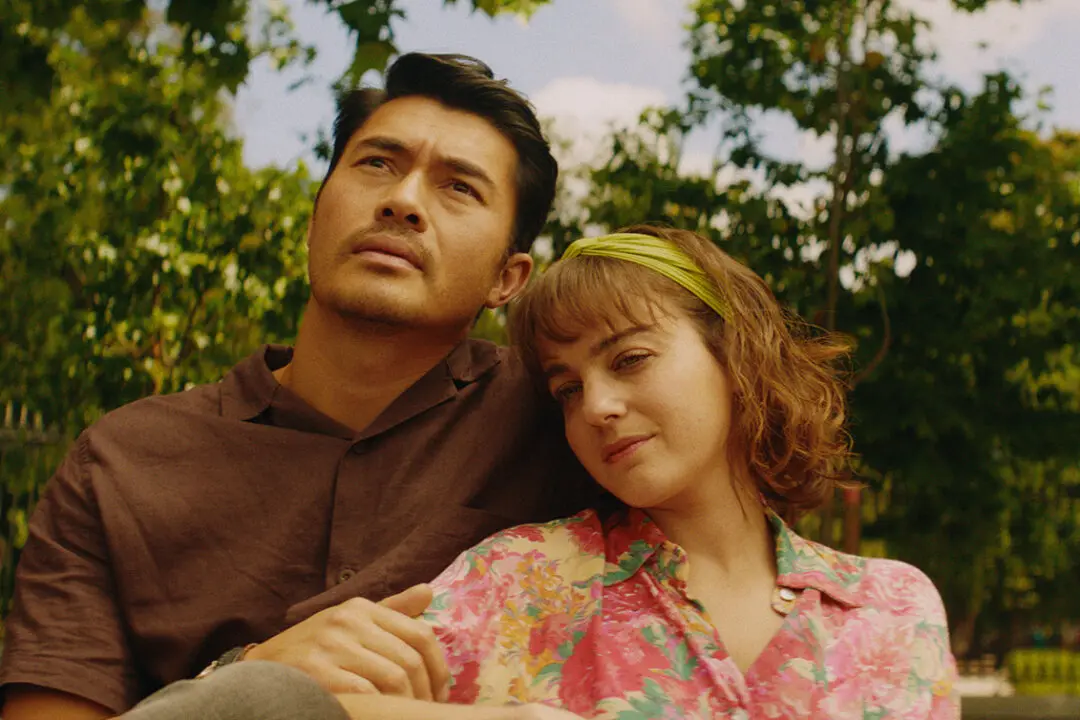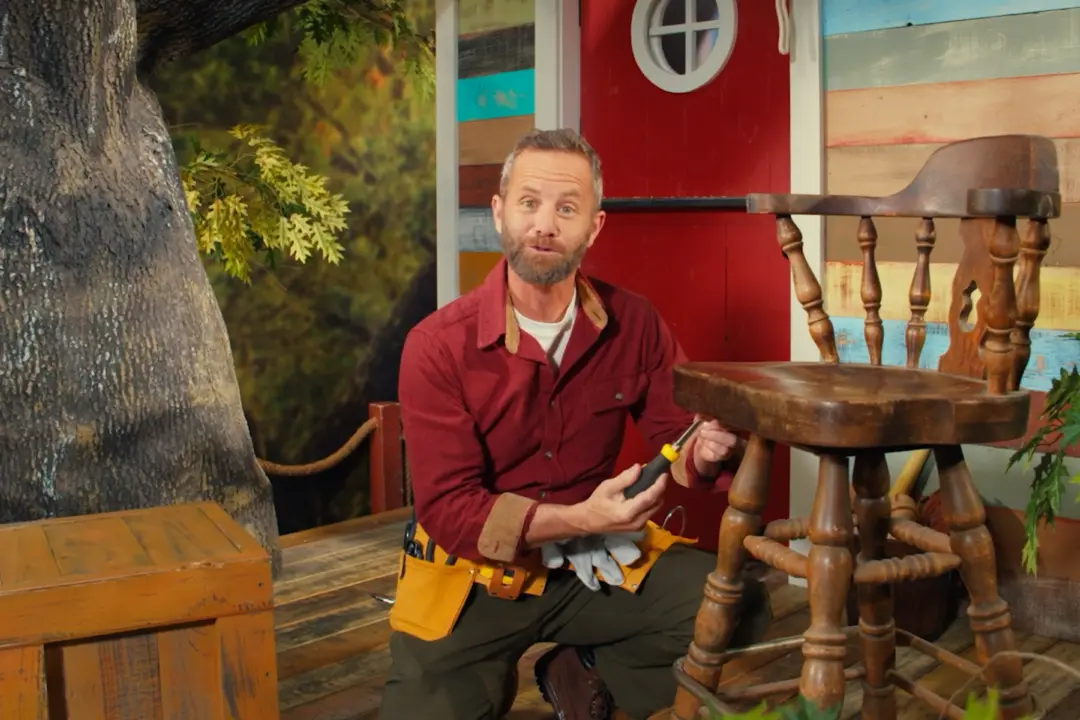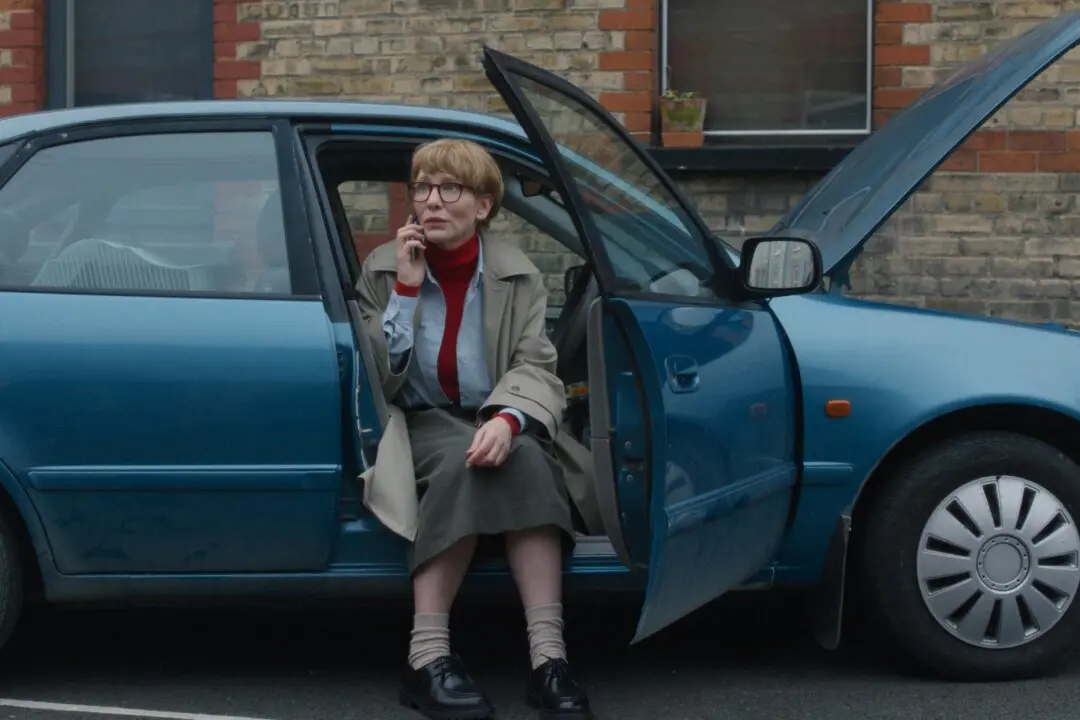PG | 1h 24m | Documentary, Adventure, Family | 2024
At its core, the new documentary “Blink” is a heartwarming and uplifting story about a family receiving some very bad news and trying to make the best of it. It’s hopeful, mostly upbeat, and is a great example of the power of positive thinking.






